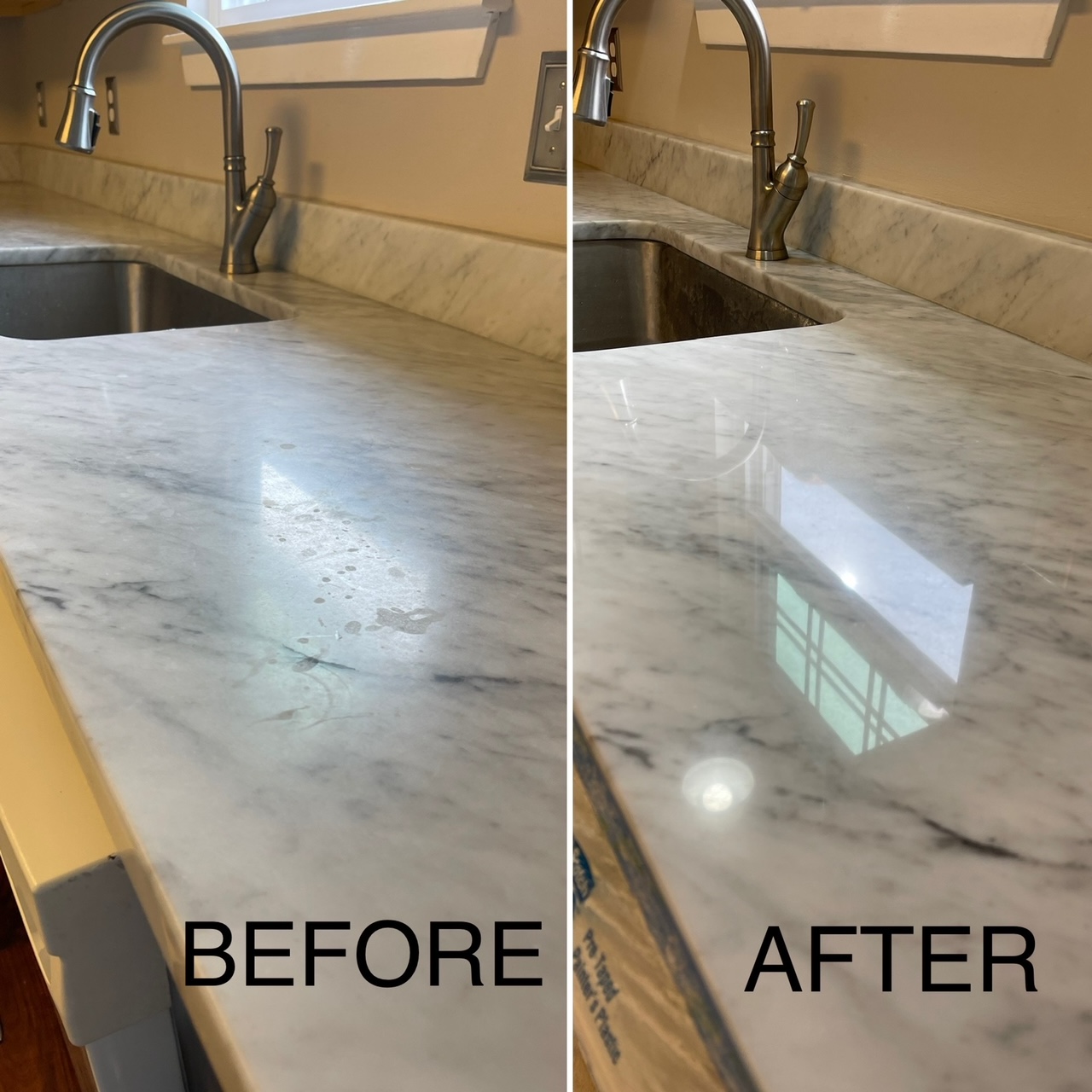Recently, the field of stone restoration has undergone a significant transformation, fueled by cutting-edge techniques and a increasing value for maintaining heritage structures. As https://milsaver.com/members/routekenya96/activity/1713794/ and restoration experts alike seek to rejuvenate aging stone surfaces, grasping the effective strategies and risks of restoration becomes essential. If you are seeking to revitalize the stonework in your property or take on a more extensive historical project, there are key tips to navigate you through the steps.
As with any conservation effort, understanding where to initiate can be intimidating. The important factor is to recognize when your stone surfaces might need focus and to familiarize yourself with the best practices that come with restoration. With a careful eye and the right strategies, you can guarantee that your work not only enhances the aesthetic of your spaces but also preserves the authenticity of the materials. This guide will examine the latest developments in stone care, emphasize common mistakes to prevent, and underscore the significance of maintenance in lengthening the life of your stone surfaces.
Typical Missteps in Restoration of Stone
One of the most commonly encountered mistakes in stone restoration is overlooking the value of proper assessment. Before jumping into cleaning or repairing, it's critical to completely assess the state of the stone. Skipping this phase can lead to applying unsuitable cleaning methods or materials that could compound existing issues. A thorough assessment should encompass identifying the variety of material, its unique demands, and any underlying complications that could influence the restoration process.
Additionally, another typical error is failing to use the correct products and methods. Many do-it-yourselfers frequently choose store-bought cleaners or sealants and protective coatings without taking into account their compatibility with the type of stone. This can result in blemishes or deterioration that is challenging to repair. It's vital to use products formulated designed for the type of stone being restored, and in cases of uncertainty, consulting a expert can save effort in the future.
In addition, not following up with consistent upkeep is a mistake that can compromise the restoration efforts. After investing time into restoring stone surfaces, it is vital to implement a maintenance routine to keep them looking their finest. This includes consistent cleaning with appropriate cleaners, periodic resealing, and considering environmental factors that can cause wear and tear. Failing to maintain restored surfaces can lead to rapid decline, nullifying all the effort put into the process of restoration.
Caring for Your Stone Surfaces
Maintaining the natural stone surfaces is crucial for preserving the beauty and longevity. Regular maintenance is essential in this process. Use a pH-neutral stone cleaner and avoid harsh or abrasive chemicals that can erode it. Soft cleaning with a microfiber cloth or mop will help remove dirt and grime without causing damage. Make it a habit to wipe up spills immediately to prevent staining, especially with absorbent stones like granite or slate.
Sealing your stone surfaces is equally important of maintenance. Depending on the type of stone and how it's used, resealing might be necessary every half a year to a year. A good quality sealant forms a defensive barrier that blocks water and oil, reducing the risk of staining and wear. Choose the right sealant based on the stone’s characteristics, and always adhere to the product instructions for application.
Finally, steer clear of using abrasive cleaning tools or cleaners that can scratch or dull the surface. When it comes to difficult cleaning or removing stubborn stains, it’s recommended to consult professionals who specialize in stone maintenance. They can provide expertise and services that will help maintain the integrity of your stone surfaces while ensuring they remain stunning for years to come.
The Future of Residential Restoration
The prospect of home renovation is poised to embrace innovations that improve productivity and sustainability. Breakthroughs in technology, such as augmented reality and three-dimensional scanning, allow property owners and experts to evaluate rock surfaces and determine the best restoration techniques with enhanced accuracy. This technology-based method not only improves the quality of restoration work but also helps in planning and financing for tasks, making the process more seamless and affordable.

Eco-friendliness will remain maintain a crucial role in the residential renovation landscape. As awareness grows about the ecological impacts of construction and renovation, more property owners are choosing for eco-friendly resources and methods. From using repurposed stone to adopting energy-saving strategies, the renovation sector is transitioning towards practices that reduce scrap and energy consumption. This emphasis on sustainability not just benefits the environment but also appeals to a rapidly expanding audience of environmentally conscious consumers.
Cooperation within the industry is expected to intensify as various experts come together to share knowledge and resources. This includes designers, structural engineers, and restoration experts collaborating to develop detailed renovation plans that respect historical authenticity while integrating modern resources and techniques. Through this collaborative effort, the restoration of rock surfaces and historic buildings can ensure they are preserved for generations to enjoy, balancing heritage with innovation.
